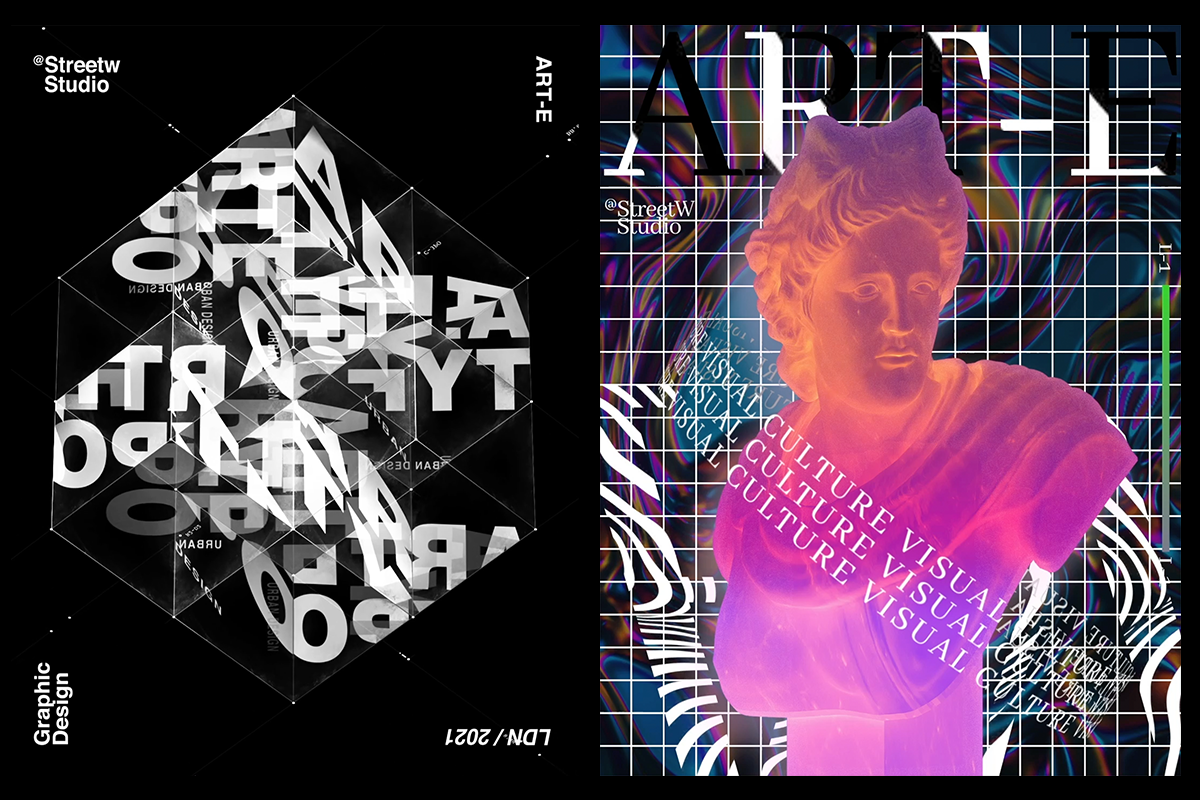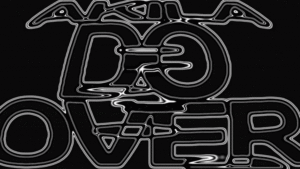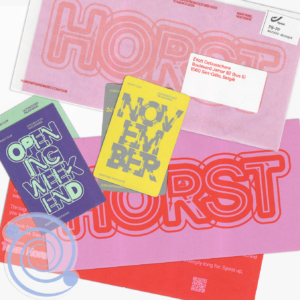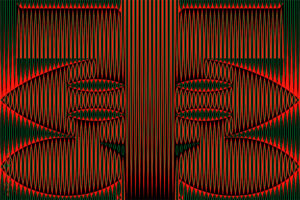Having generated some well deserved buzz and a rapidly growing Instagram following over the last few months, Graphic and Digital Designer Peri Chiu has recently been experimenting with learning new softwares and techniques to expand her creative horizons. Capturing imaginations with her knack for generating super engaging content, Peri tells us she’s been loving sharing her ‘huge passion for design and technology innovation’. Originally from Hong Kong and now in her 8th year of living in London, Peri set up StreetW Studio to work as a multi-disciplinary designer with an emphasis on brand identities, social media campaigns, motion graphics and video production, drawing influence from UK art and London design styles.
‘It was interesting to see how I started from absolutely 0 audience back in September 2020, to around 2K followers within 2 months’, Peri tells us. ‘While continuing to progress as a creative designer, my plan is to keep on learning new skills and experimenting with new design methodologies.’
We got in touch with Peri to discuss how learning new softwares fuels creativity, and her predictions on where tech and innovation will lead typography in the future.
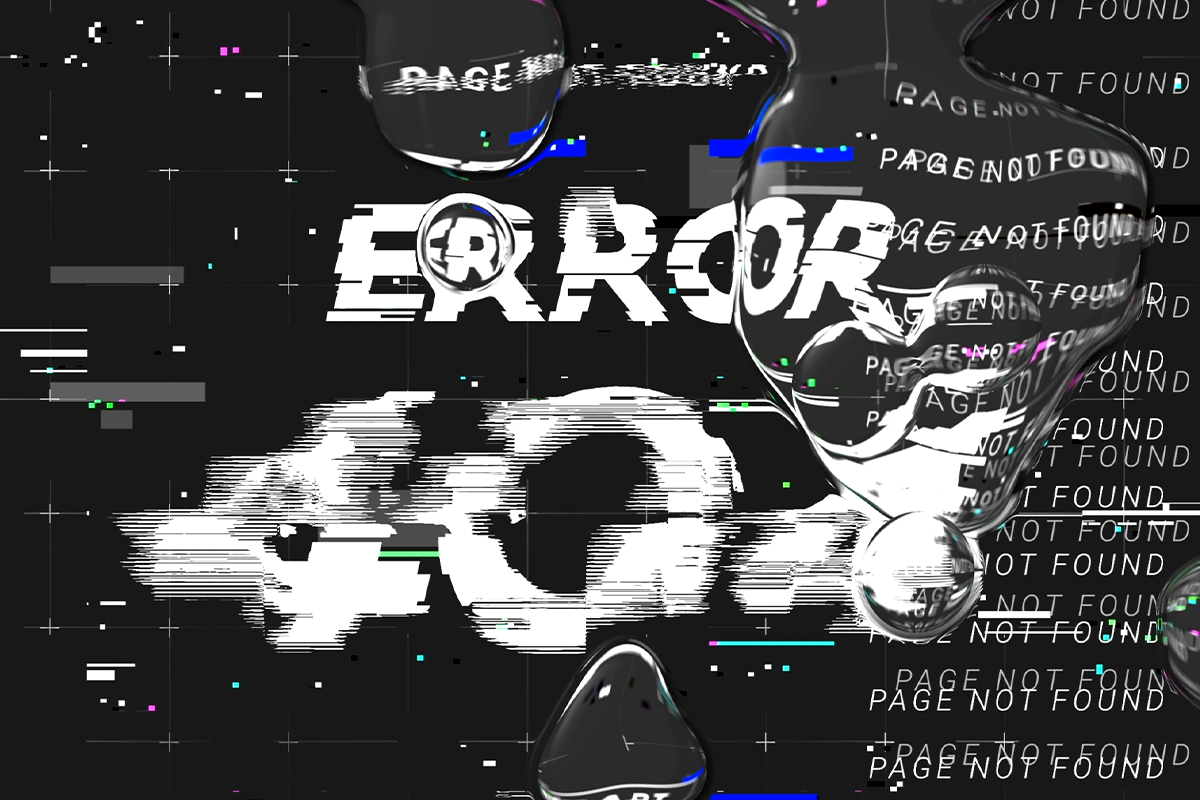
So, do you think social media is a good place for expanding your creative horizons and finding type inspiration?
Yes, definitely. Based on my personal experience, I believe social media channels – especially Instagram – are a fantastic place to explore interesting ideas and design inspiration. It is a hybrid place where it’s accessible to learn what’s trending, as well as what the demands are in the creative market. For example, it’s very interesting to see that many popular graphic designers and artists have started to use softwares such as Blender, C4D, Cinema 4D to create 3D art, and integrate 3D texture into multiple design projects – this of course including type and kinetic typography design. Plus, I’ve personally had such a boost since I started my StreetW studio Instagram.
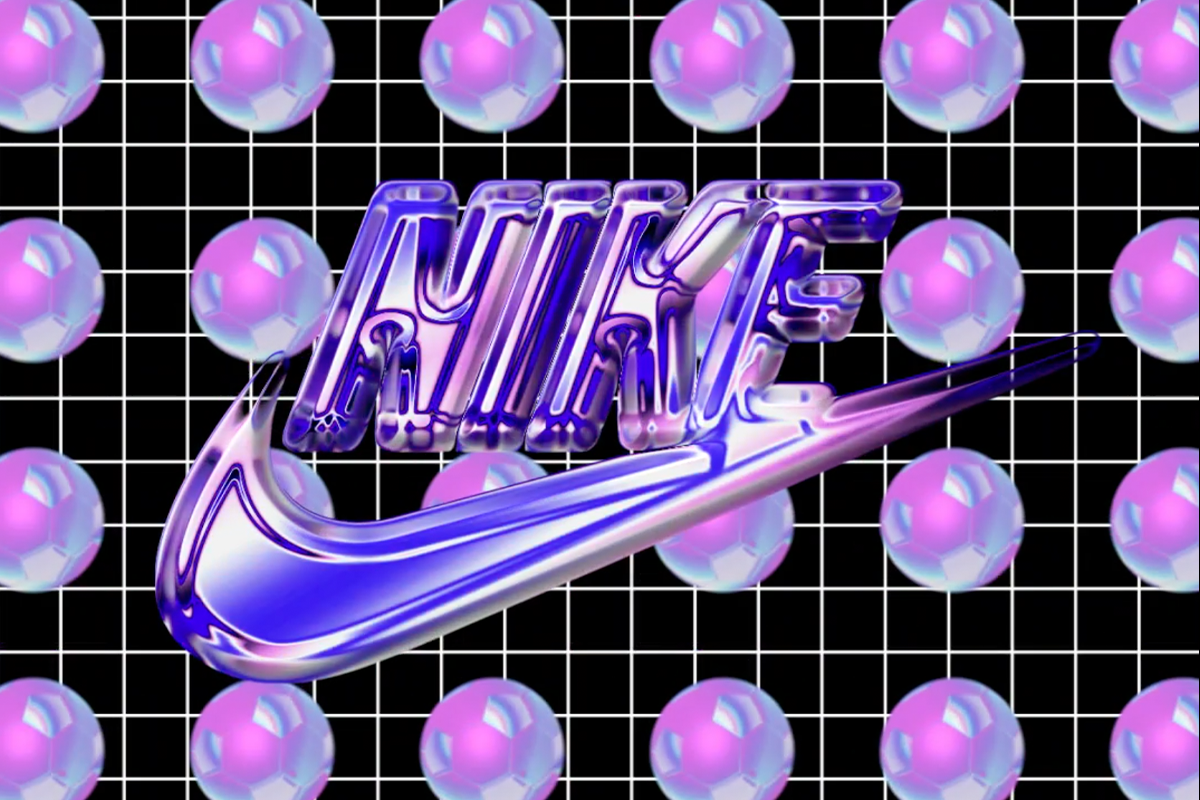
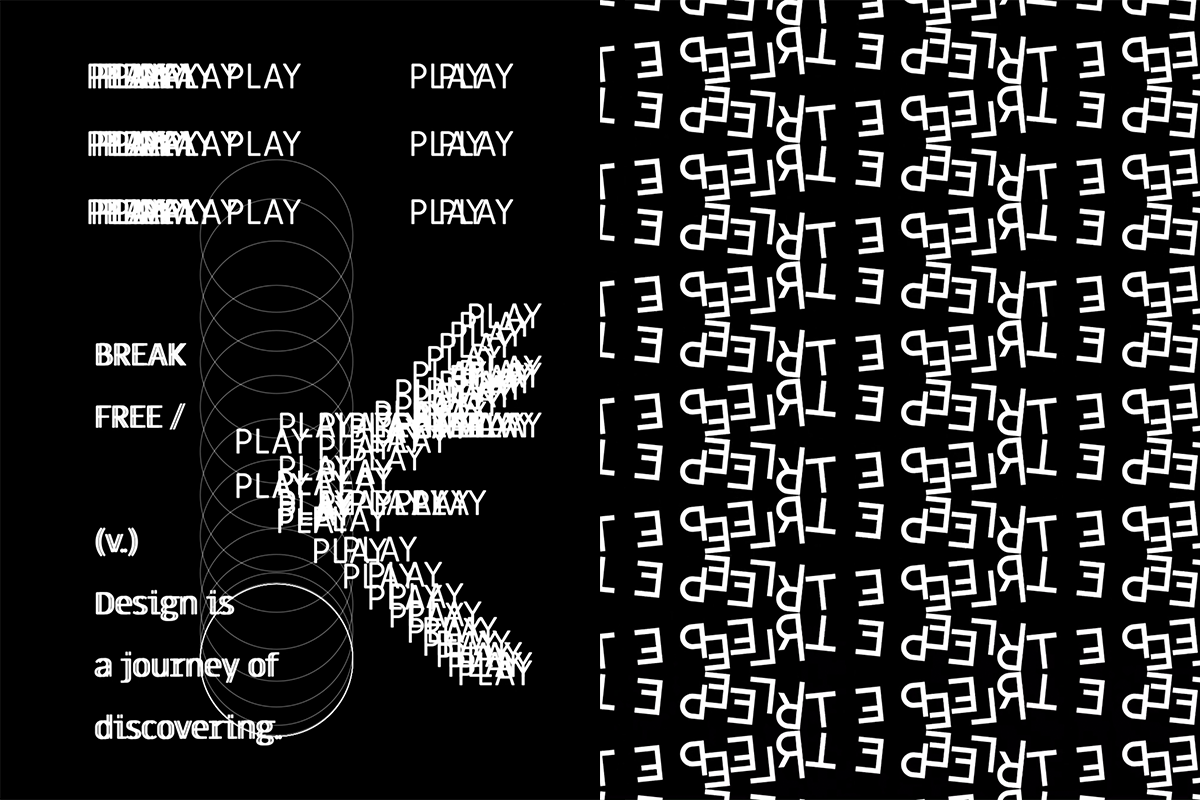
And what about limitations – are there any?
There are some…The limitations of Instagram’s maximum image/video resolution (1350x1080px) definitely reduces the impact of an artwork’s potential. Many amazing pieces have been compressed to such a low quality standard that the audience can’t fully enjoy the art to its fullest. I think it would be beneficial for everyone if Instagram resolved this resolution issue.
You’ve shared a lot recently about learning new softwares and trying new effects. Do you find that learning new softwares inspires you creatively?
Learning new effects and softwares opens up new creative possibilities by allowing you to apply those skills into multiple design projects; especially when working on visual communication and mixed media production throughout various platforms. Integration with various design software tools and new effect panels can always expand my portfolio range, while progressing as a multidisciplinary designer. Let’s take Adobe After Effects as an example. Ever since I started to learn how to apply new effects into shapes and typography, my portfolio has become so much more rich, diverse and attractive. It opens up so many new directions in art and design, whether that’s logos, advertising, or even just conveying simple messages. Sometimes, I even turn on After Effects and start creating without any actual planning, and the work will still turn out impressively well. I never run out of ideas with After Effects. I recently also started to play around with Blender and Cinema 4D for 3D design and animation. I’d love to learn more with them and achieve a new level in my design.
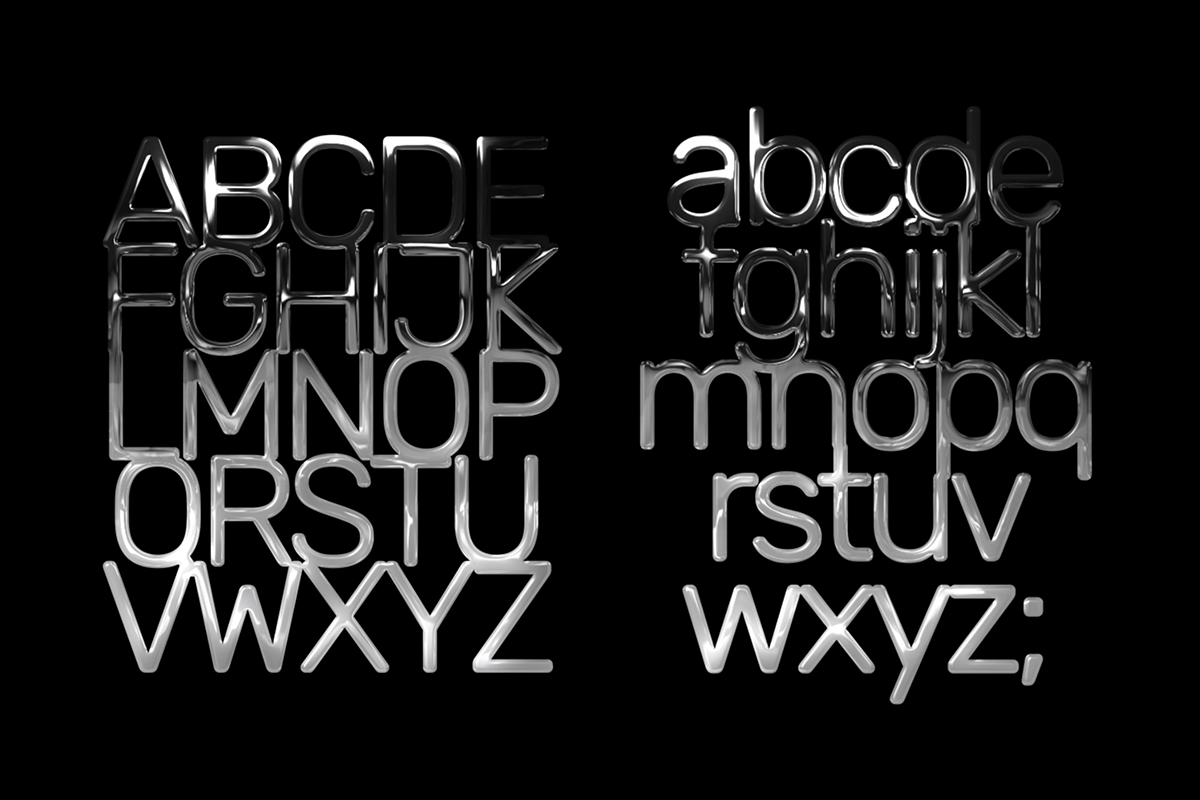
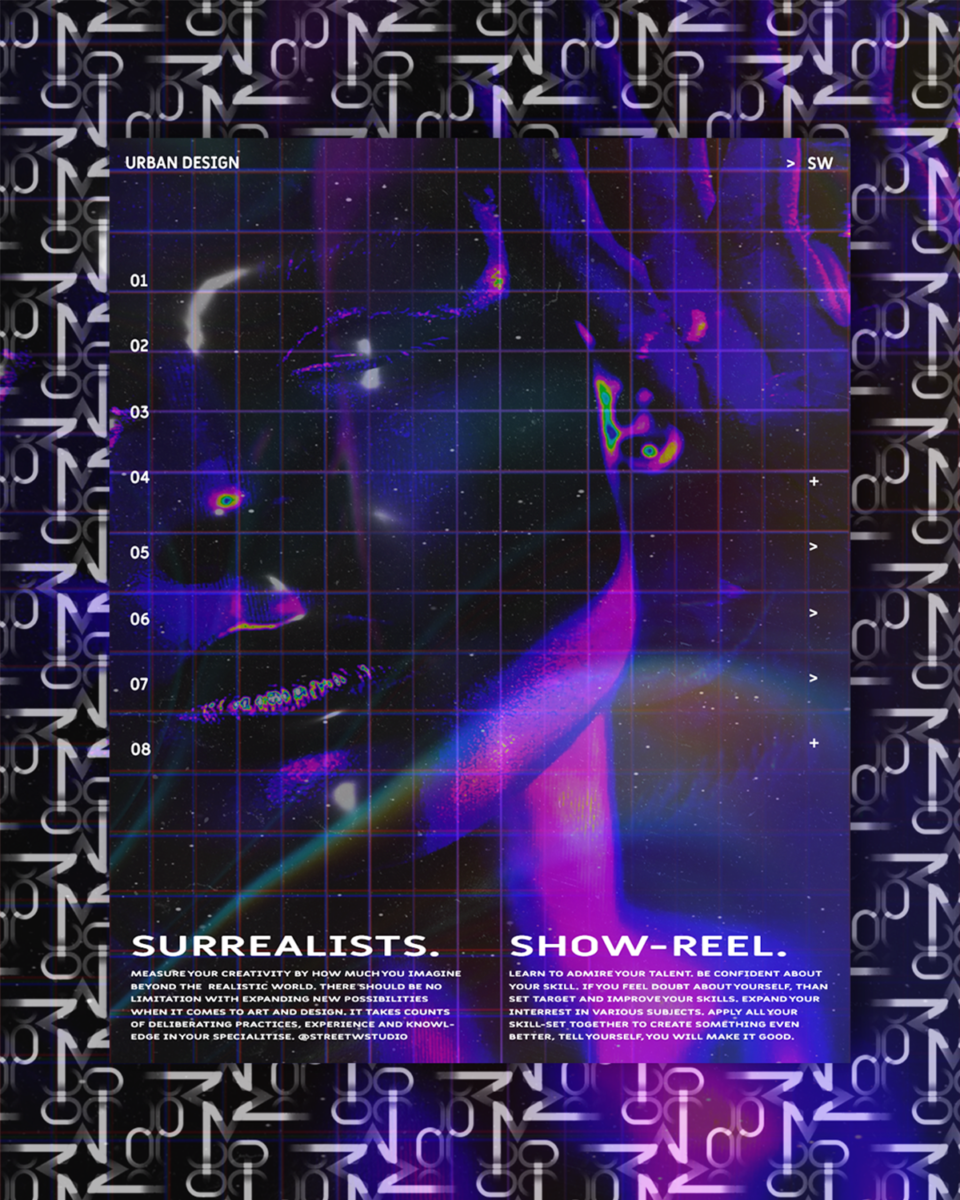
How do you view the relationship between digital art, tech and type? How do you think tech might shape the future of typographic design?
Software tool (Tech) + Type design (+ /) = Digital Art. From my point of view, type design itself is both digital art, and an embellishment of a digital art. Type design helps to enhance visual aesthetics and bring a certain impression to the audience. Different type design projects require a very different technique and design methodology. Specifically in typography design, it really depends on the theme and purposes of the project itself. Let’s say for a logo design project, traditionally, I would look for a suitable typeface to match the brand, or create a few geometric shapes and a colour scheme to suit the brand language. Then for a step forward, I would apply the logo into After Effects and edit it into motion graphics, kinetic typography and a video intro for my clients. But this is becoming the norm. There are more and more companies/clients looking for 3D or even 4D type animations applied with texture and visual effects, as well as the use of typography design in Virtual Reality and AR technology.
Looking to the future, I believe type design with 3D texture will continue to be a trend. Aside from Adobe Suite, more and more designers will start to apply typography design in Blender 3D, Autodesk Maya and Cinema 4D…It will also be exciting to see more type design integrate into VR and AR technology with interactive design. Imagine a space where an audience can fully engage with “type” in 360 degree with 8K resolution. This in itself could be a revolution.
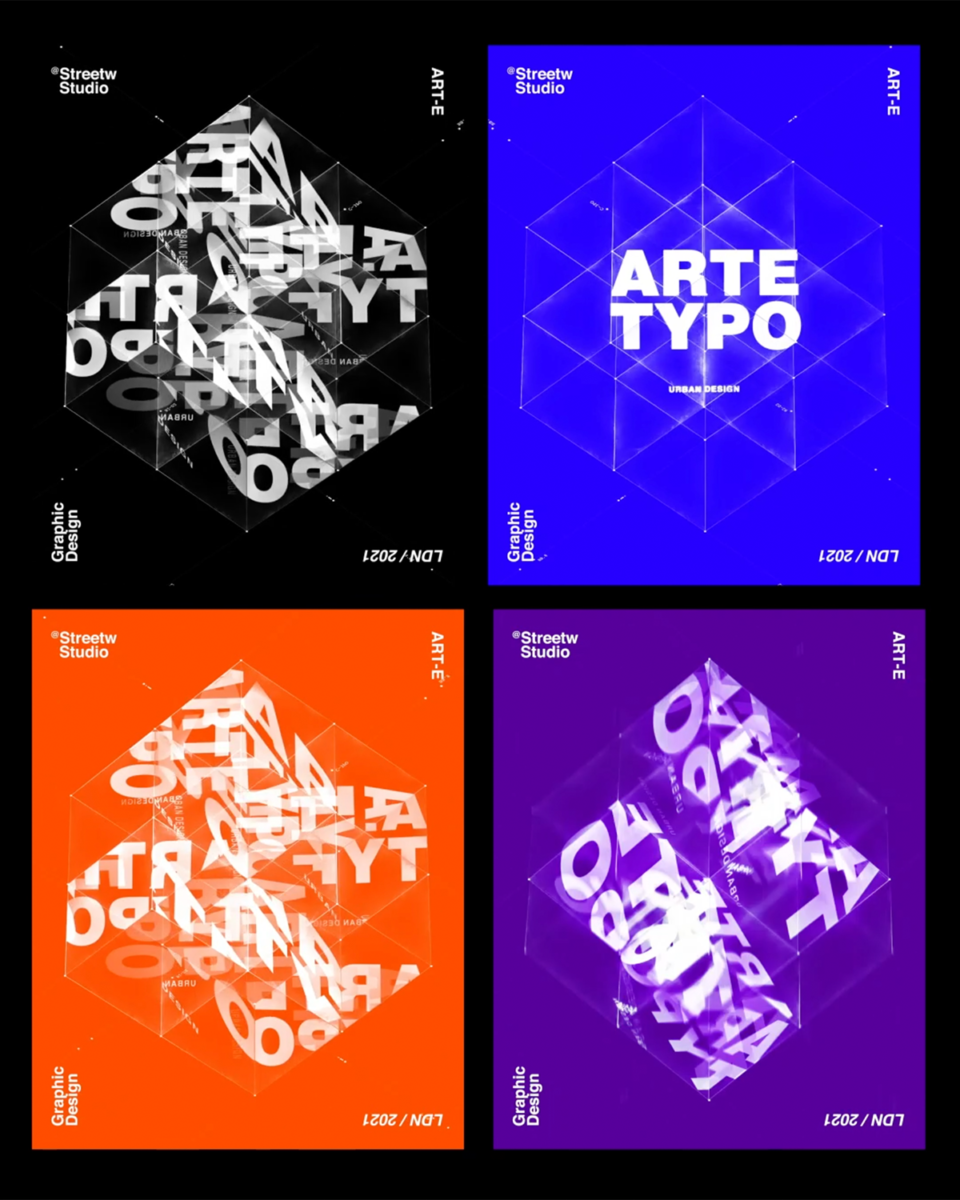
What are your favourite softwares/programs you’ve been working with or learning recently?
My favourite design software is definitely Adobe After Effects. It is such an ingenious program, and is extremely useful for many design projects. Ever since I picked up the AE tool, it’s been like a key to unlock a whole new design world. Its effect panel enables a static 2D image to turn into a moving 2D image, or even into a 3D animation. I also love how user friendly it is. I can control every visual and movement by inserting the exact number in position (X,Y, Z)/scale/rotate and take control of every effect that I apply in separate layers. The best effects for kinetic type design that I have learned in AE is “Turbulence Displacement”, “CC cylinder”, “Echo”, “CC Mr. Mercury” and “Reptile”, but there are so many more effects that I would love to learn and integrate into more design projects.
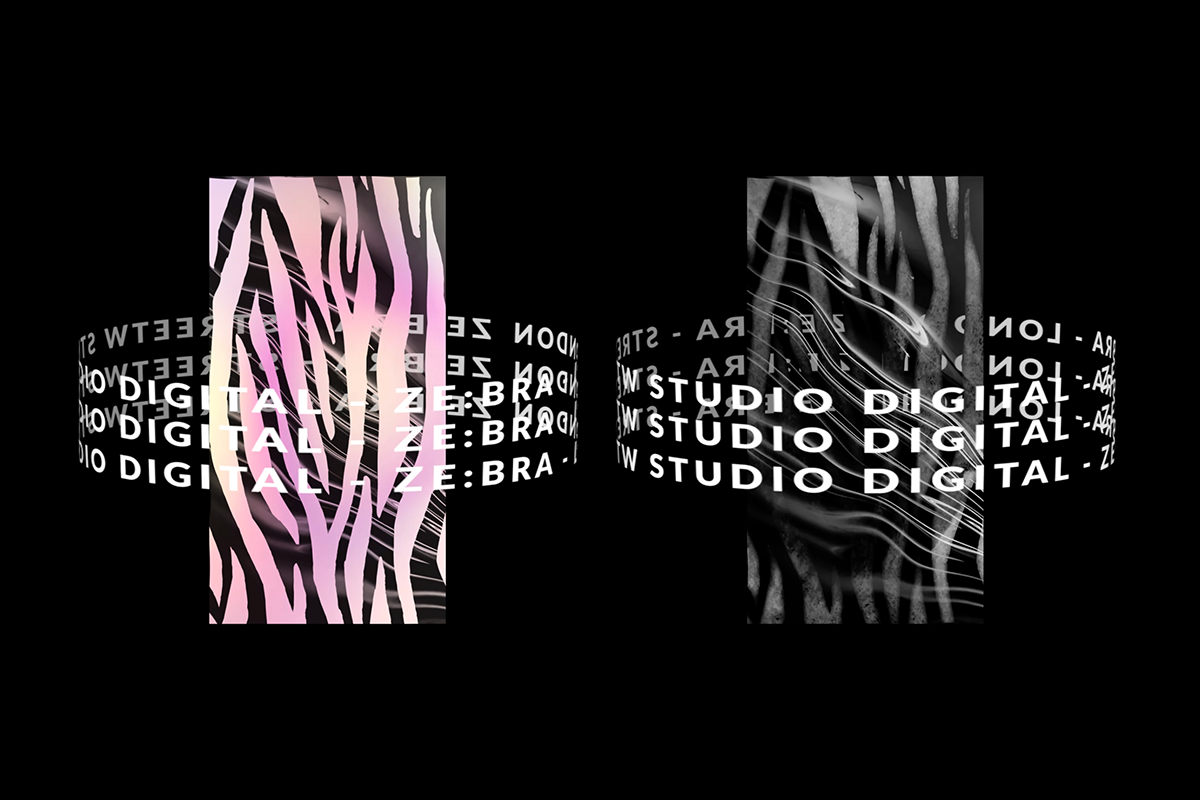
Thank you, Peri!
As a lasting note, Peri adds that sometimes the best inspiration simply comes from the creative process itself. ‘It could be setting up any online businesses, or learning a new skill-set, software, programming, or even just a new hobby’, she says. ‘By experimenting with a new skill-set and integrating new design methodologies, you can unlock so much creativity and innovative thinking…And as designers working in the creative industries, it is important for us to think about what design will stand for in the future; to think about how we can drive creativity and innovation further worldwide.’

